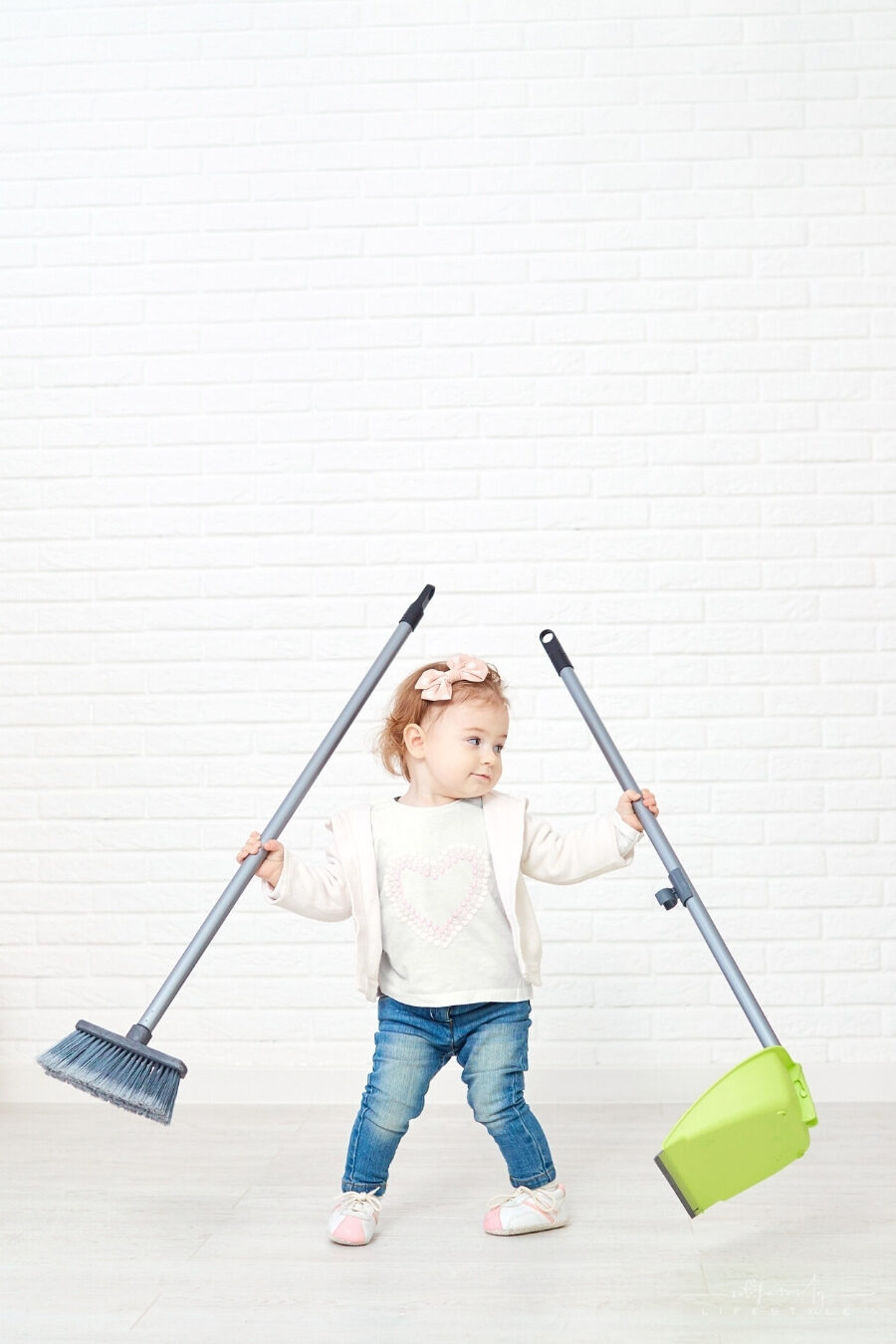Top Ways To Include Your Kids In The House Chores
If you’ve got kids, you know that one of the most important things to teach them is how to do house chores. It teaches responsibility and builds character, but it can also lead to arguments if you don’t let your little ones help out.
There are ways to include them without fighting, though.
This will give your child ownership over what they’re responsible for and make sure their responsibilities grow as they get older. You could assign more than one chore at first—like setting the table or making breakfast every day—then add another chore when they start getting bored with it.
Certainly, advice from other parents or pediatricians can help too. According to simplymumma.com.au, there are numerous websites with age-appropriate chore lists to help get you started, for example.

These sites will give you loads of ideas while also giving you a starting point to begin building a list of your own.
You can also let them choose their own task from a list, which will give them a sense of control and make them feel more invested in completing it.
There are certain tasks that kids prefer doing, like dusting or vacuuming, so letting them choose their own chore can be a great way to ensure that they’re engaged and motivated.
Get Them Involved in Cooking
Cooking is a skill that will benefit your child for the rest of their life. It teaches patience, discipline, and how to follow instructions. Plus, it’s fun to get in the kitchen with your kids and teach them how to do it themselves.
You can teach them to do some very basic cooking tasks at a young age, like cracking eggs or stirring ingredients. This is a valuable life skill and will also give them a sense of accomplishment.
Start with easy recipes they can follow with minimal supervision and only increase the difficulty as they get older.
Giving your child their own ‘special’ job, like setting the table or opening ingredients, can also help reduce frustration if something goes wrong. Plus, children love tearing up lettuce for taco night!
Gardening Tasks
Of course, you can also take things a step further and introduce gardening to your kids! This will give them an appreciation for where their food comes from and how hard it is to grow.
Some basic tasks around the garden include watering plants, weeding, pulling out dead leaves, digging holes for planting, and harvesting fruits and vegetables.
Kids benefit from gardening just as much as adults do—not only are they learning how to care for plants, but they’re also getting outside and getting some exercise. Gardening is a great way to teach your kids about responsibility, healthy eating habits, and the environment.
Make sure to supervise your kids when gardening, especially if they’re younger. You don’t want them playing with sharp tools or eating anything they shouldn’t! Gardening can also be a great bonding experience for the whole family.
Introduce Chore Charts
If assigning specific tasks every week doesn’t seem to be working, you could try using chore charts as a way to motivate your kids. This will give them a visual representation of what needs to be done and when it needs to be done.
There are numerous templates online that you can use for free, or you could create your own chart specifically tailored to your child’s interests.
A chore chart is also a great way to keep track of what each child is supposed to be doing. It will make sure that chores get evenly split between family members and keep track of who’s staying on top of their responsibilities!
Have Them Do Chores with You
The best way to get your child to do their chores is by setting a good example. So, do your chores together! If you’re doing a chore that your child can help with, let them! This will give them a sense of ownership over the task and make them feel more involved. Plus, it’s always fun to work together as a family.
You can assign different tasks to each person, or have everyone do the same task together. Of course, you’ll want to make sure the chore list you come up with matches your child’s physical, mental, and emotional capabilities.
This will also give your child an opportunity to learn from you and see how you complete the chore.
Children can be a handful, but this doesn’t mean that they should miss out on the opportunity to learn how to do chores. There are many ways you could include your children in housework—from assigning them their own specific chore weekly, or by getting involved in cooking or gardening tasks as well.
Chore charts will give kids a visual representation of what needs to be done when it’s due; while letting them do chores together is an easy way to set good examples for each other.


